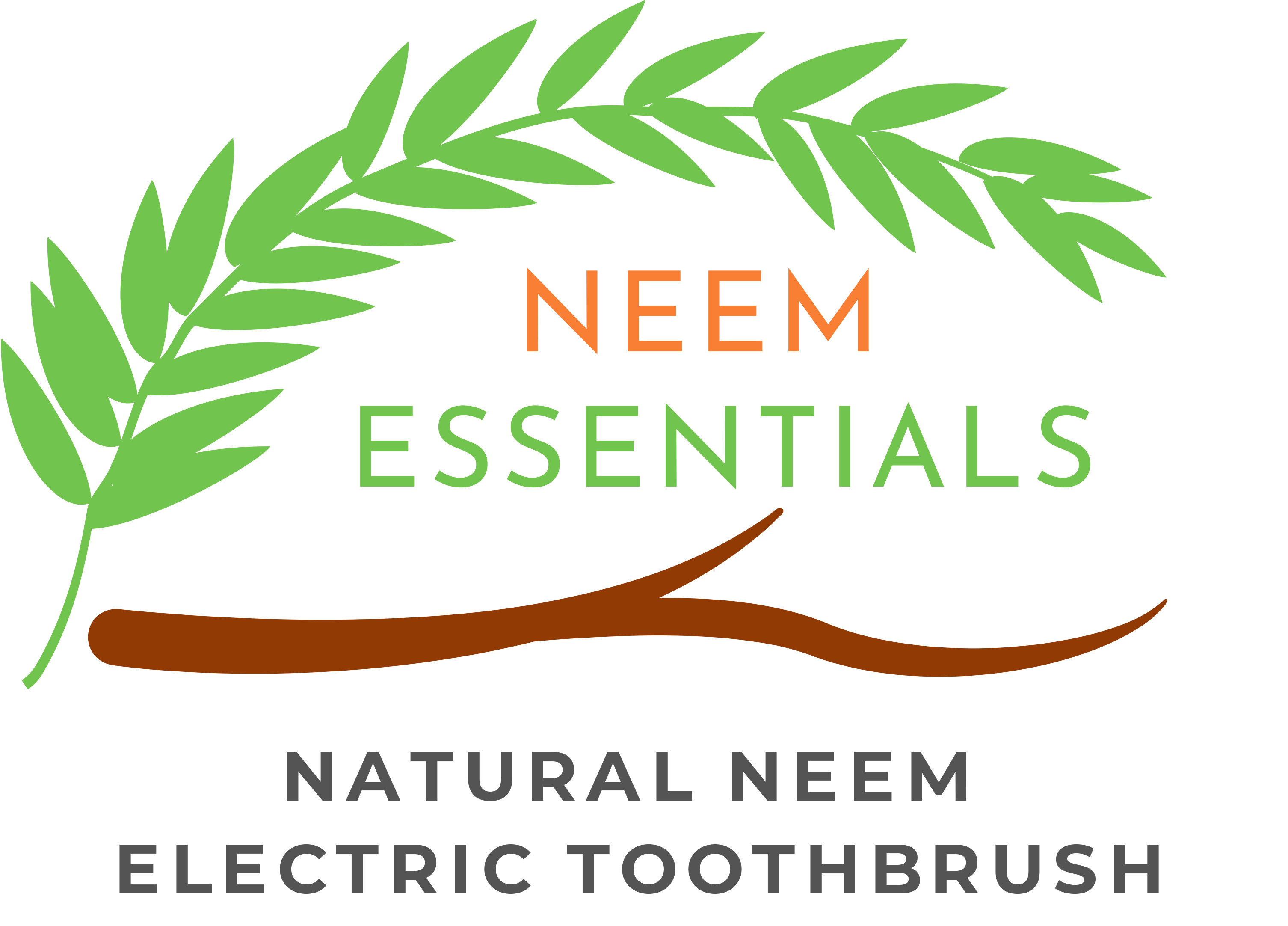In the lush landscapes of South Asia, a small but mighty tree has played a pivotal role in oral hygiene for centuries. The neem tree, scientifically known as Azadirachta indica, is not only revered for its medicinal properties but has also left an indelible mark on cultural practices. In this blog post, we will explore the rich history of neem twigs in oral hygiene, their numerous benefits, and their cultural significance across diverse traditions.
A Glimpse into Neem’s Past
Neem has been a staple in Ayurvedic medicine for over 5,000 years. Every part of the tree – leaves, bark and twigs – was employed for therapeutic purposes. The twigs, in particular, have been traditionally used for oral care due to their natural antibacterial and antifungal properties.
Historical records indicate that neem twigs were a part of daily oral care routines in ancient India. The Charaka Samhita, an ancient Ayurvedic text, highlights the significance of neem in maintaining oral hygiene and preventing various dental issues.
The Benefits of Neem
Neem twigs are renowned for their potent antibacterial and antifungal properties, thanks to compounds like nimbidin and sodium nimbidate. Regular use of neem twigs in oral care routines can help combat harmful bacteria, reducing the risk of cavities and gum disease.
Chewing on neem twigs helps dislodge food particles and prevent the formation of plaque and tartar. The natural fibers in neem twigs act as an effective tool for cleaning teeth and promoting overall gum health.
Neem’s antibacterial properties extend to preventing and alleviating gingivitis, an inflammatory condition of the gums. The regular use of neem twigs can contribute to maintaining healthy gums and preventing common oral health issues.
The fibrous texture of neem twigs, when used for brushing, can act as a natural teeth whitener. This gentle abrasive quality helps remove surface stains, providing a natural and chemical-free solution for teeth whitening.
Cultural Significance
Neem holds a revered place in Ayurveda, where it is considered a “sarva roga nivarini” or a cure-all remedy. The use of neem twigs aligns with Ayurvedic principles of holistic wellness and preventive healthcare.
Neem has cultural and religious significance in various traditions. In Hinduism, neem is associated with purification rituals and is often used during religious ceremonies. Chewing neem twigs is also considered auspicious in certain cultures.
Beyond Ayurveda, neem twigs have been used in traditional medicine across Asia, Africa, and the Middle East. The practice of using neem twigs for oral care has been passed down through generations, emphasizing its enduring cultural importance.
Incorporating Neem Twigs into Modern Oral Care
Choose fresh neem twigs, trim them to a suitable length, and chew on one end until it frays. Use the frayed end as a natural bristle for brushing. Some may also prefer using neem twig extracts or powders available in the market.
Neem twigs stand as a testament to the enduring wisdom of ancient cultures. From Ayurvedic traditions to daily oral care practices, the benefits of neem twigs extend beyond their natural antibacterial properties. As we embrace a holistic approach to wellness, incorporating neem into our oral care routines not only connects us with the past but also provides a sustainable and effective solution for maintaining a healthy smile. Let the ancient wisdom of neem twigs guide you on a journey towards optimal oral health and well-being.
Learn about the Natural Neem Essentials Toothbrush!
No Toothpaste Required. Zero Artificial Chemicals. Zero Plastic Waste.
Better for You. Better for the Planet.

